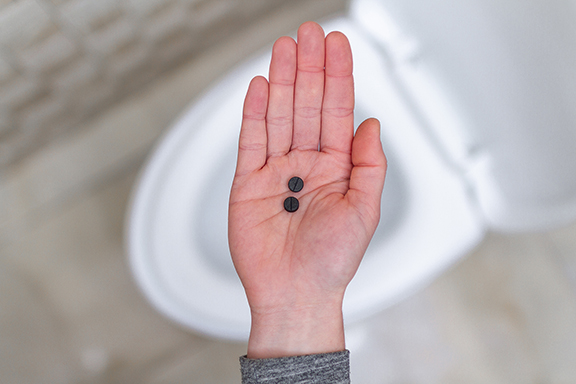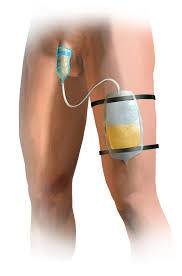Jan 10, 2022
The Top 5 Incontinence Solutions & Treatments
If you are experiencing bladder leakage, you are probably wondering what options are available to improve your situation. While treatment for bladder incontinence varies by person depending on incontinence type and root cause, there are solutions that help most. Here are the top 5 treatments for incontinence.
1) Lifestyle Changes
The most common treatment to help improve incontinence are lifestyle changes and pelvic floor exercises. Incontinence may be due to consuming bladder irritants or living with conditions like obesity. Therefore, doctors often recommend patients make lifestyle changes like avoiding caffeine and alcohol, quitting smoking, and losing weight to improve incontinence symptoms. Additionally, pelvic floor exercises, such as Kegels, can help strengthen the bladder muscles and improve bladder control. Although lifestyle changes can improve incontinence, these changes often do not lead to full bladder control.
2) Absorbent Products
Absorbent products are popular for the daily management of incontinence. Absorbent pads, briefs, or disposable underwear do not solve incontinence or cause you to regain bladder control. However, the right absorbent product provides excellent protection and minimizes embarrassing leaks and odors, removing some of the challenges of incontinence. For adults and children experiencing permanent incontinence due to conditions like dementia, Parkinson’s, Autism, or Down syndrome, absorbent products allow protection to enjoy activities, go to school, or sleep through the night.
Absorbent products come in multiple styles and many sizes, as well as in various levels of absorbency.
3) Medication

Another treatment for incontinence is medication. For some adults, medicine is the best treatment for incontinence. Incontinence medications smooth the muscles in the urinary tract to improve urge incontinence, overactive bladder (OAB), and overflow incontinence.
Some patients prefer medication because it is less intrusive than other options: surgery, medical devices, therapies, or catheters. However, medicines can have side effects, and results vary by person.
Learn more about specific incontinence medications by checking out our article – Medication to Treat Urinary Incontinence.
4) Surgery

Depending on the cause of incontinence, surgery is often the last treatment for urinary incontinence. The type of urinary incontinence experienced usually dictates what kind of surgery will best treat the person’s incontinence. There are many types of operations to treat incontinence, such as prolapse surgery, sling procedure, colposuspension, and artificial urinary sphincter, to name a few.
Incontinence surgeries are performed in many ways, including open surgery, laparoscopic, or robotic. Over the years, developments in robotic surgery for urinary incontinence have significantly improved patient outcomes . However, all surgery has risks and potential side effects. Ask your doctor about any possible risks, side effects, and benefits of an operation to treat urinary incontinence.
5) Devices and Therapy

Medical devices and interventional therapies are less common treatments for urinary incontinence but are preferable for certain incontinence situations. Medical devices for women include pessaries, stiff rings inserted into the vagina and worn all day, and urethral inserts (tampon-like disposable devices inserted before activities like exercising). For men, external catheters, also called condom catheters, are the most common device treatment for urinary incontinence. Put on like a condom, urine collects through a tube connected to a bag attached at the leg.
Interventional therapies for urinary incontinence include Botox, bulking injections, and nerve stimulators. Interventional therapies are often less effective than surgery but are typically less invasive. Botox injections are one treatment for overactive bladder but are usually prescribed after other treatments fail. Bulking injections keep the urethra closed and reduce leakage. Botox and bulking injections typically require repeated treatments. Nerve stimulators are devices that are implanted under the skin to support bladder control. The stimulator emits painless electrical pulses that stimulate the nerves needed for bladder control.
How Tranquility Improves Incontinence
If absorbent products are your preferred treatment for incontinence, or if you need protective solutions until you can identify another remedy for your condition, Tranquility products offer high quality, super-absorbent incontinence products. We provide light incontinence solutions for drips and dribbles, heavy incontinence solutions like disposable briefs, and pull-on style absorbent underwear for total bladder loss, along with many other products in between.
The average adult waits more than 4 years before speaking with their health care professional about incontinence. Don’t let incontinence hold you back from enjoying the activities and people you love. Trust Tranquility incontinence products to keep you protected for hours, worry-free from odors or embarrassment, so you can enjoy a day full of activities and a full night of uninterrupted sleep.

